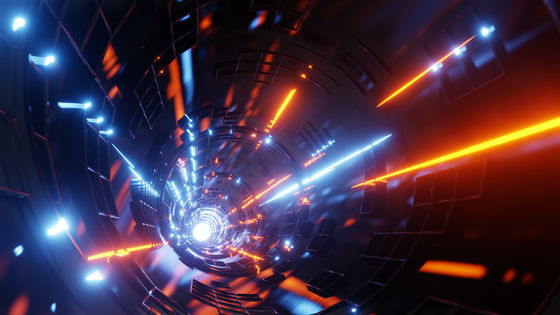How was the historic feat of putting a check on the realization of nuclear fusion power generation achieved?

by
Nuclear fusion power generation uses hydrogen instead of fossil fuels, and emits helium, which has high utility value in the industrial field, instead of greenhouse gases and radioactive waste. The scientists who led the experiment looked back on the process and significance of the success of this important experiment, which was one step closer to the realization of such fusion power generation.
Phys. Rev. Lett. 129, 075001 (2022) - Lawson Criterion for Ignition Exceeded in an Inertial Fusion Experiment
https://journals.aps.org/prl/abstract/10.1103/PhysRevLett.129.075001
Phys. Rev. E 106, 025201 (2022) - Design of an inertial fusion experiment exceeding the Lawson criterion for ignition
https://journals.aps.org/pre/abstract/10.1103/PhysRevE.106.025201
Phys. Rev. E 106, 025202 (2022) - Experimental achievement and signatures of ignition at the National Ignition Facility
https://journals.aps.org/pre/abstract/10.1103/PhysRevE.106.025202
Three peer-reviewed papers highlight scientific results of National Ignition Facility record yield shot | Lawrence Livermore National Laboratory
https://www.llnl.gov/news/three-peer-reviewed-papers-highlight-scientific-results-national-ignition-facility-record
On August 8, 2021, Lawrence Livermore National Laboratory generated 1.3 megajoules of energy through laser nuclear fusion , which causes a nuclear fusion reaction by focusing 192 lasers on fuel pellets made of deuterium and tritium. I succeeded in letting This experiment attracted attention not only for the energy generated, but also for the great progress toward achieving the process of 'ignition' necessary for the practical use of nuclear fusion power generation.
Succeeded in generating 1000 watts of energy with laser fusion, making great progress toward practical use of nuclear fusion power generation - GIGAZINE

The research team that successfully conducted this experiment published a total of three peer-reviewed papers summarizing the results on August 8, 2022, one year after the experiment. More than 1,000 authors are listed in the papers published in Physical Review Letters, tributing many researchers who have contributed over the years to the establishment of the historical record. .
Omar Hurricane of Lawrence Livermore National Laboratory said of the experiment a year ago, 'August 2021's record shot is a major scientific breakthrough in fusion research, and fusion ignition in the laboratory is Achieving the conditions necessary for ignition has been a long-standing goal of all inertial confinement fusion research, and any mechanism by which alpha-particle self-heating cools the fusion plasma. It has opened the door to a new experimental area that surpasses the
The paper presented this time also describes trial and error until the experiment was successful. According to Alex Zylstra, lead author of one of the three papers, two experiments have been conducted in 2020 and early 2021 before the experiment in August 2021. Zylstra says that repeated improvements based on the results of those experiments were the key to the success of the August 2021 experiment.
In addition, Annie Kritcher, the first author of the other paper, especially improved the container called 'horum' so that an efficient reaction occurred, raised the quality of the fuel capsule, He said that miniaturizing the fuel-filled tube led to the success of the experiment.

Subsequent retests did not produce an energy yield that matched the 1.3 megajoules recorded in the August 2021 experiment, but all the experiments were between 430 and 700 kilojoules, the previous high. Yields well in excess of 170 kilojoules have been observed. Based on the knowledge gained from these experiments, scientists continue to improve lasers, targets, experimental methods, etc., and are making steady progress toward the realization of nuclear fusion.
Regarding the significance of the experiment, Mr. Hurricane said, ``It is very exciting to be able to 'prove the existence' of ignition in the laboratory. , which is a great opportunity to expand our knowledge as we continue to move forward.'
Related Posts:
in Science, Posted by log1l_ks






